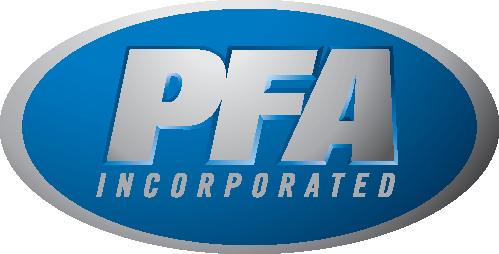While 3D printing has caused a splash in recent years, it is often not a stand-alone process and may only be a single step in the manufacturing process of a part. When paired with existing processes for mass fabrication, like injection molding, there are clear differences between the two processes and what can be achieved through them. The emergence of 3D printing has made its own impact on the injection molding industry; however, each process has its own strengths and weaknesses that provide clear cut use examples.
Unlike plastic injection molding, 3D printing is done on a machine that uses filament that is melted by the printer and pushed onto a “bed” to begin creating the object. Each object that is created by a 3D printer is defined by a computer-generated model file and has been successfully used to create a variety of products from medical devices to guns. With the wide variety of filament materials available to 3D Printing professionals including ABS, Metal, Carbon Fiber and much more, it is no surprise that this technology has started to find its way into the same industries that leverage injection molding.
One disadvantage to 3D printing in comparison to injection molding is that current 3D printing technologies take a large amount of time to create a single product. On the other hand, injection molding equipment can quickly create a large quantity of products with minimal delay. So, while 3D printing may seem like a viable option for the future, especially for smaller volumes, it just does not have the direct production advantages needed for high volume production of minimally complex parts.
To put it in perspective, injection molding has been used for over 100 years while 3D printing just started 30 years ago. Without a doubt, this technology needs to continue to advance well into the future before it can overtake or replace injection molding. Injection molding machines are still capable of creating objects faster, with more accuracy – ensuring a quality product each time. Although this does not mean that 3D printing is without its own benefits. With just a few changes to a 3D printing file, removing minor defects or flaws through design tweaks can easily be done.
3D printing may be a great way to experiment with designs if manufacturers have the patience and time to test machines and parameters for the best fit; however, the number of products that are able to be achieved quickly, may not be cost effectively possible through 3D printing alone. Like injection molding, several key aspects need to be accounted for – printing temperatures, finishing techniques, and design viability. These unique aspects and high quality materials and printers ensure that an object is created perfectly and provides a versatile way for users to improve their overall design capabilities.
Although there is no clear sign that 3D printing will overtake injection molding any time soon, it is still a technology that manufacturers should begin incorporating into their processes. The ability to print 3D metal objects with complex internal passages, provides opportunities to improving mold design and performance. Mold inserts and complex cores can be fabricated with integrated cooling channels and fine details using 3D metal printing. Not only does this expand uses and product availability to the industries that they serve, it can help pave a future for dual technologies to work simultaneously to achieve one common goal. So, if you are looking to mass produce a product for a customer, you are likely better off sticking to injection molding, but you may benefit from using 3D printing to enhance the mold itself and improve molding efficiencies.
How Can PFA, Inc. Help?
PFA manufactures hydraulic locking cylinders and core pull cylinders for molds and dies as well as quick mold change and quick die change systems for plastic injection molding. With KOR-LOK® Side Action Systems manufacturers can achieve zero-flash molded parts on the first shot. Preloading and Locking functions in the KOR-LOK are critical to success. Core preload means your parts can be made easily with tighter tolerances, perfect match lines, and clean beautiful textures.


